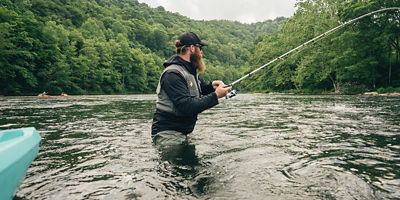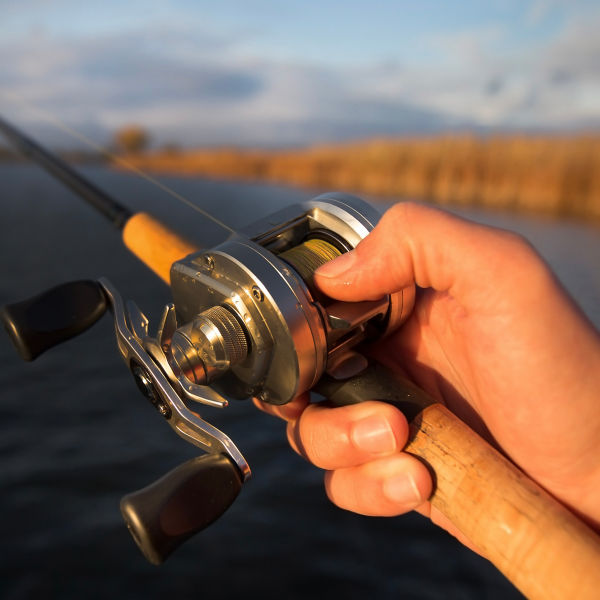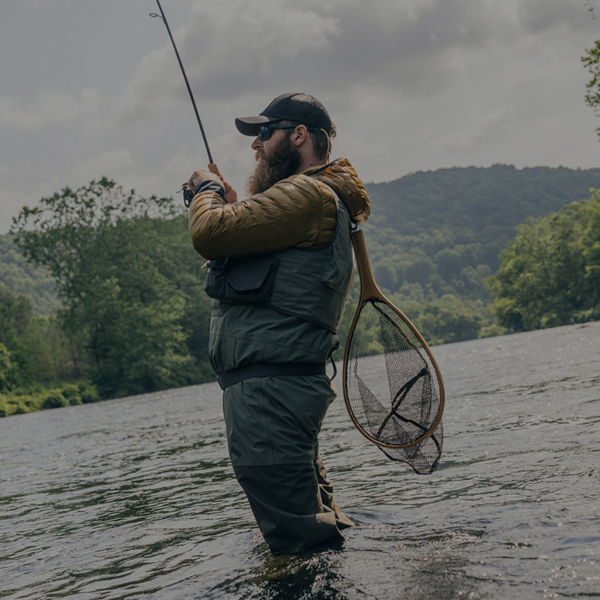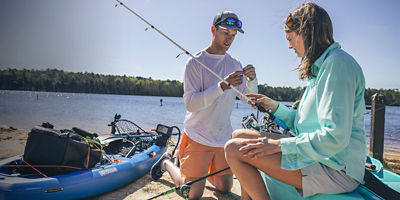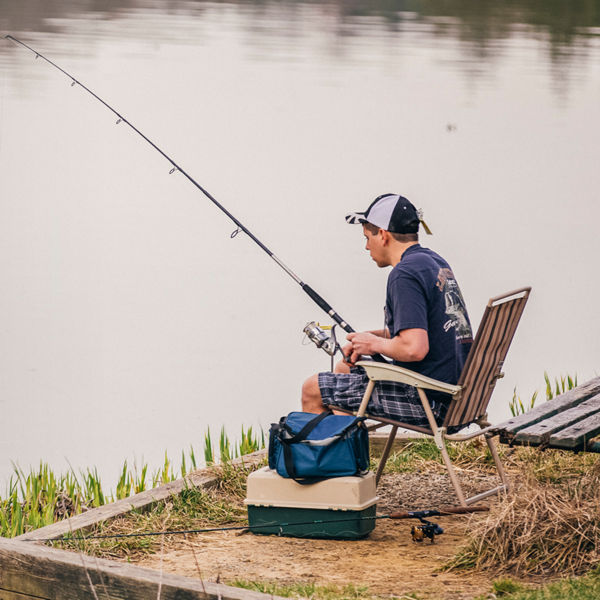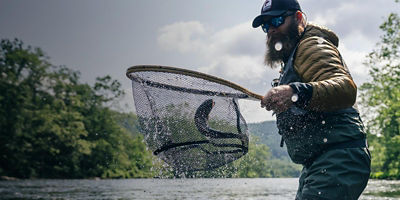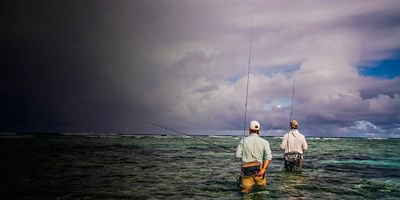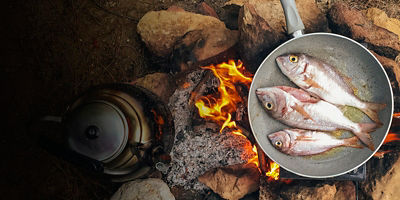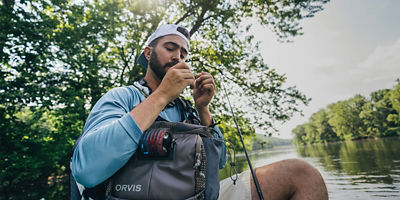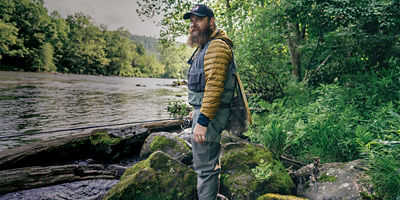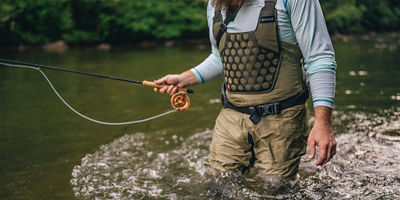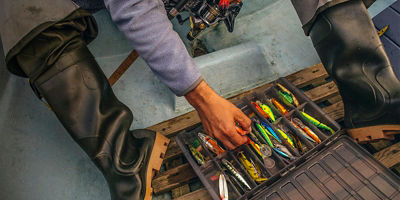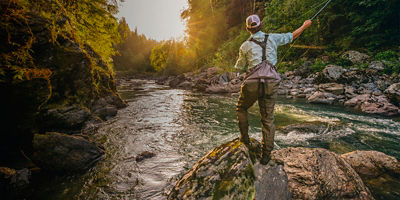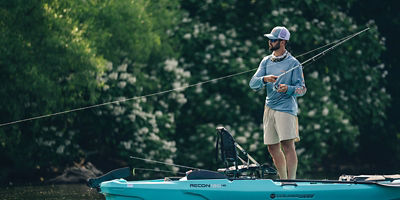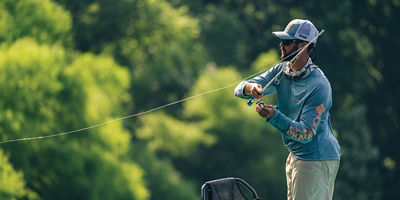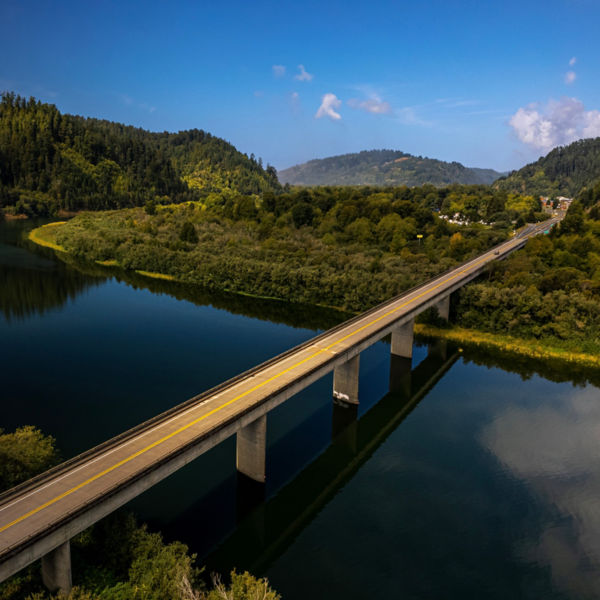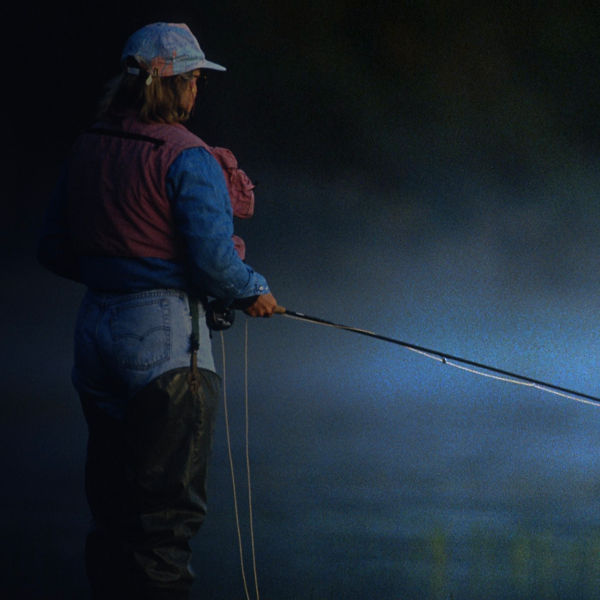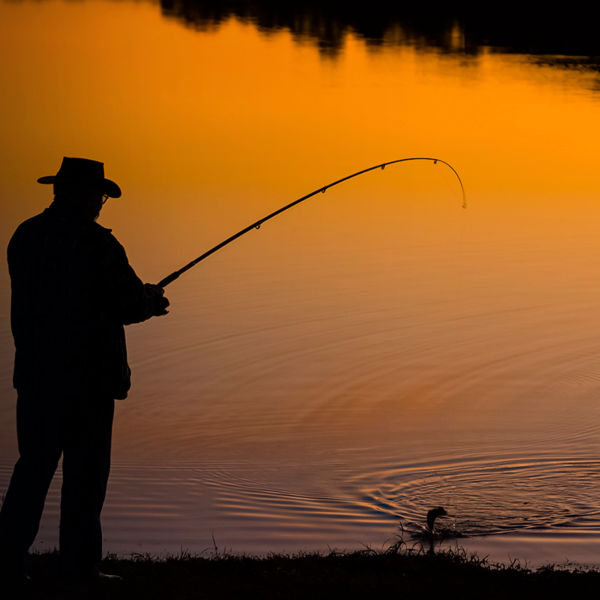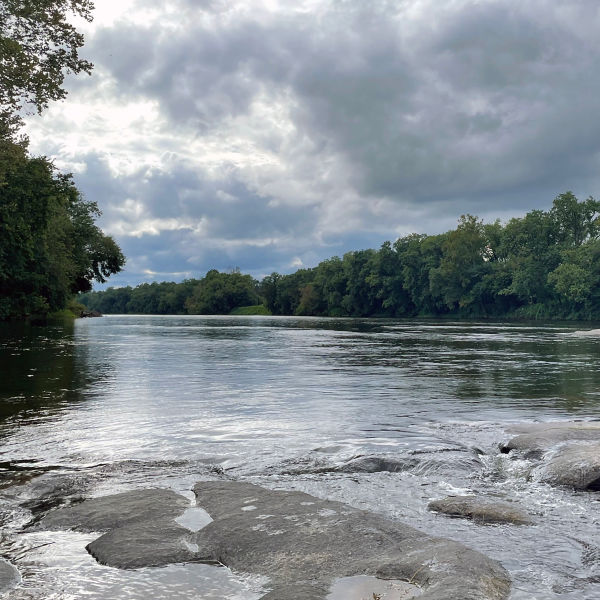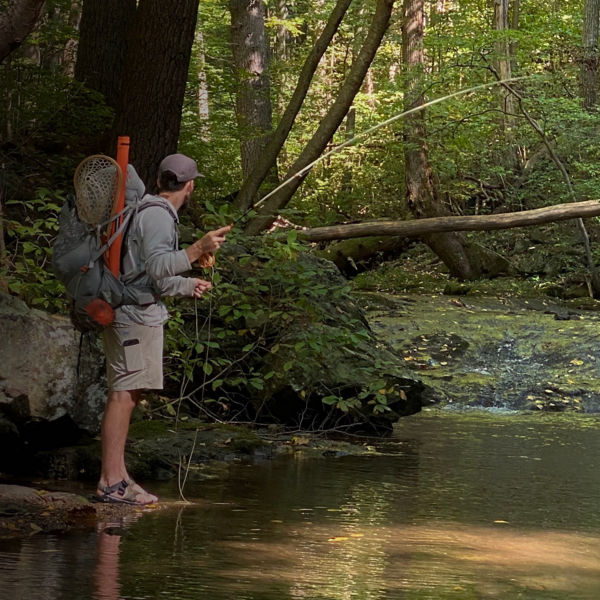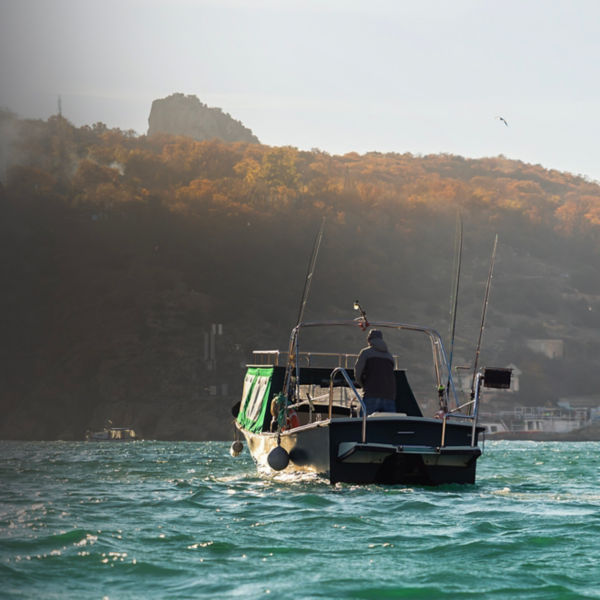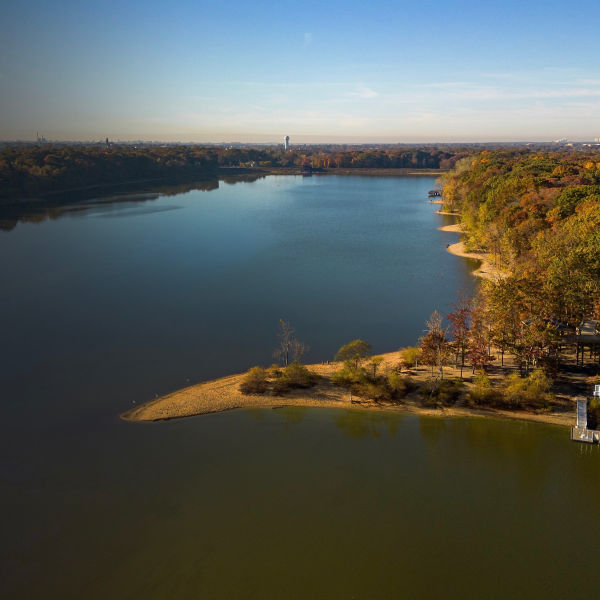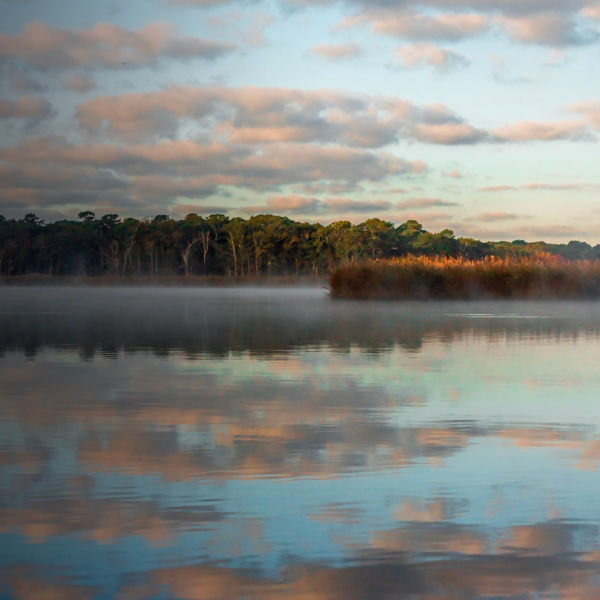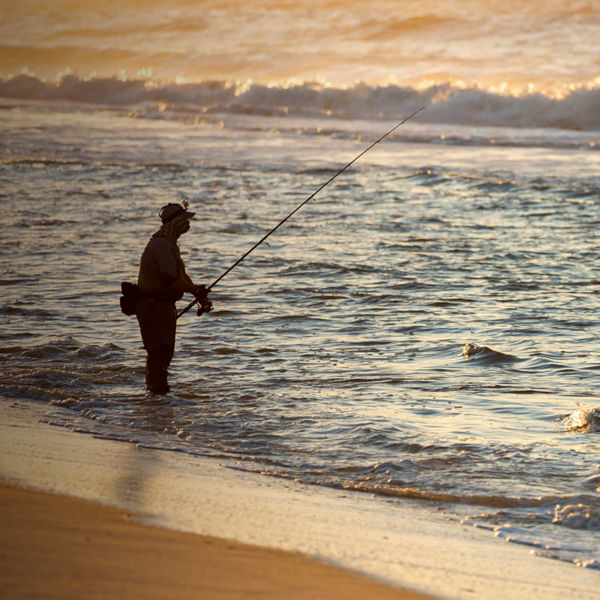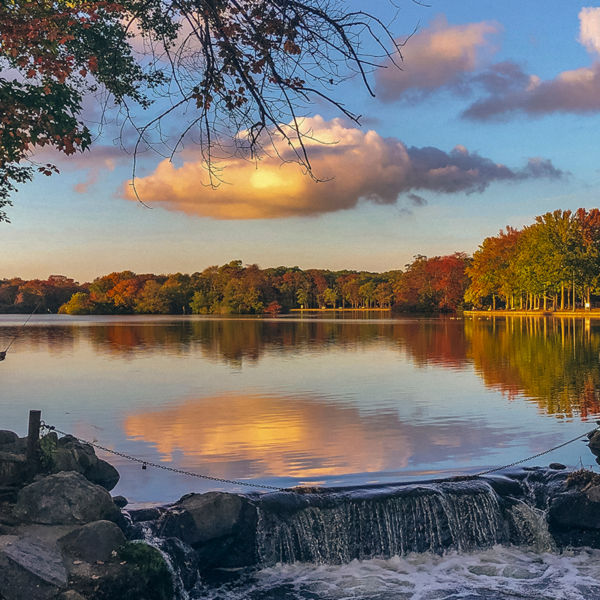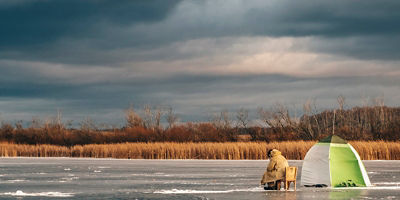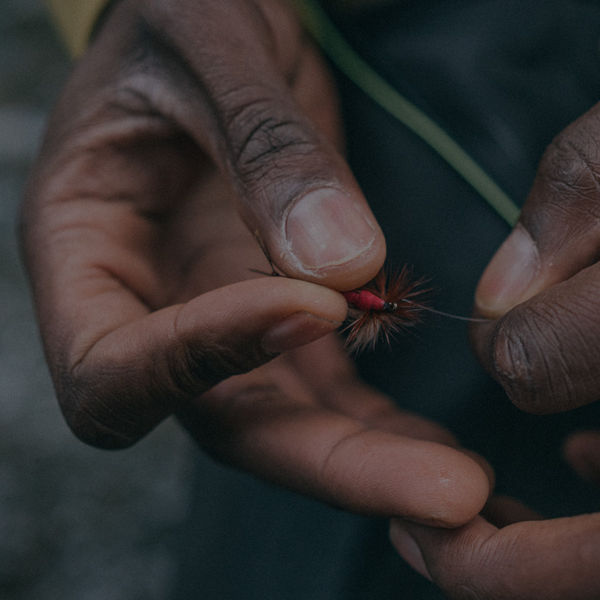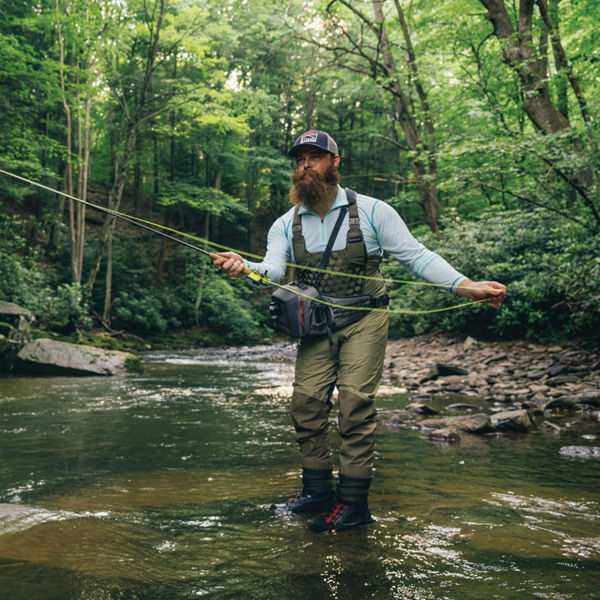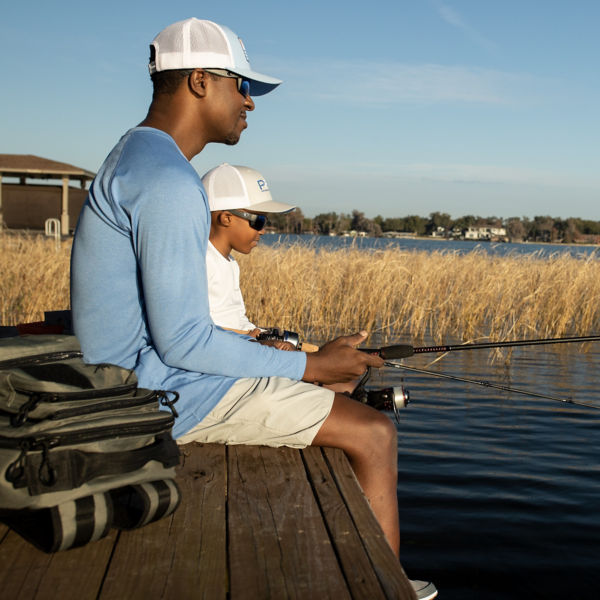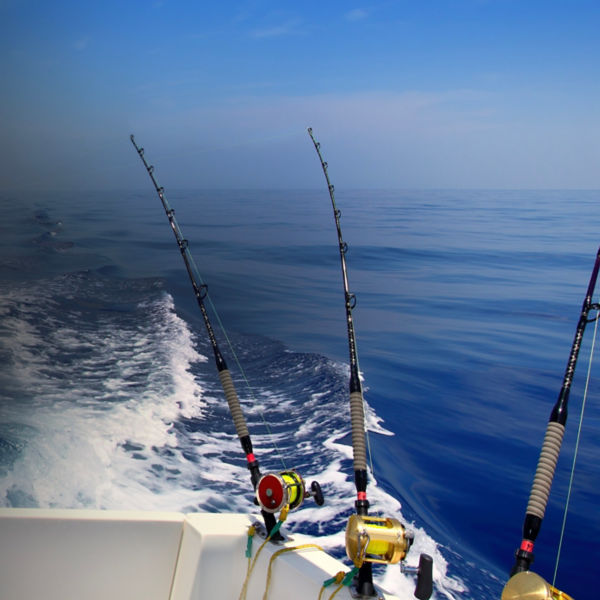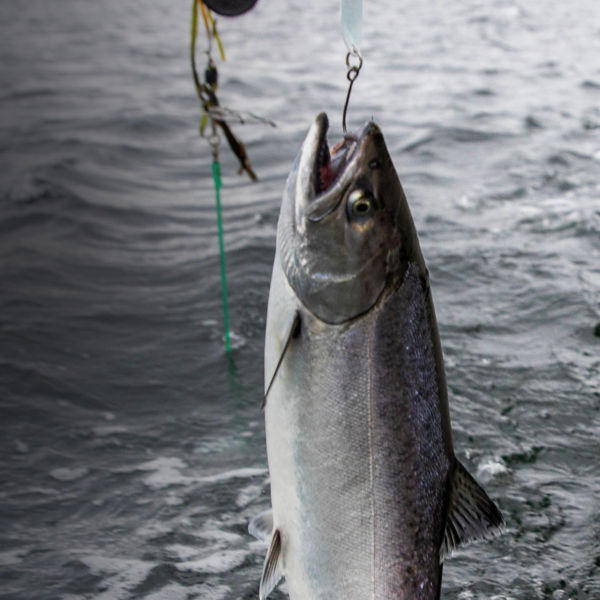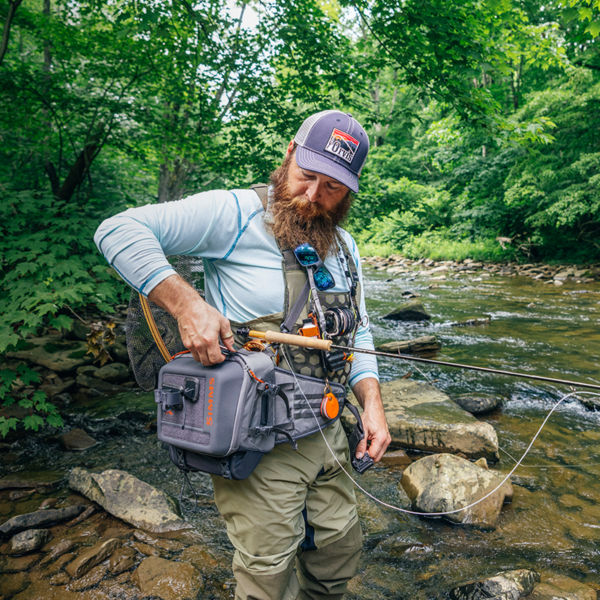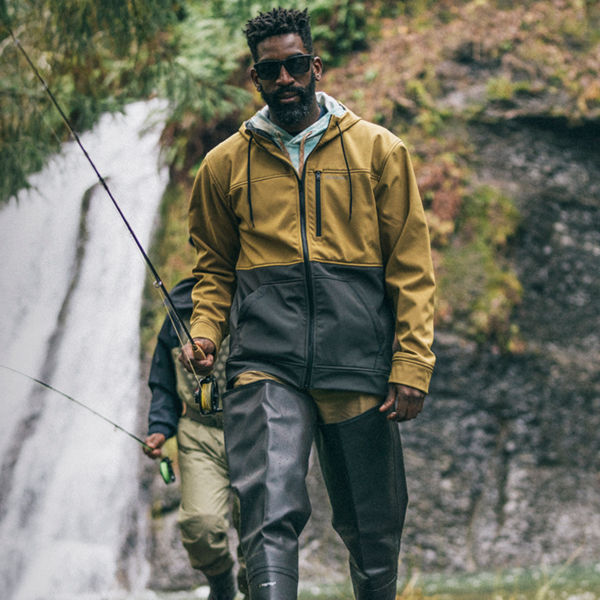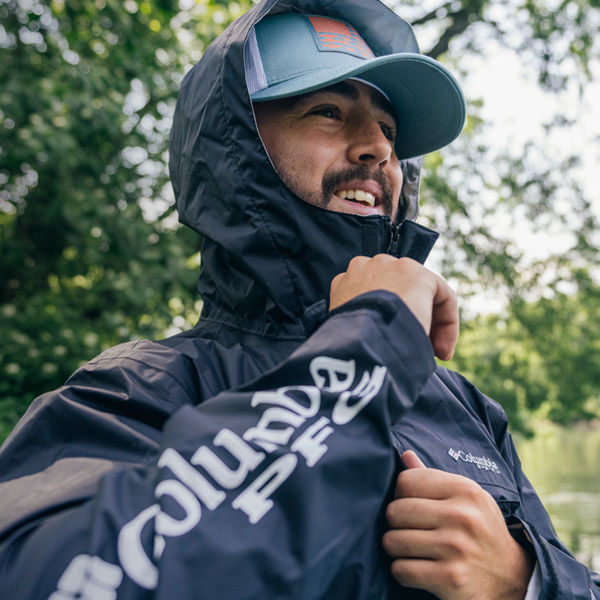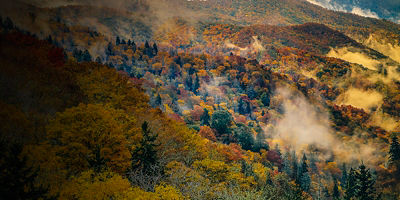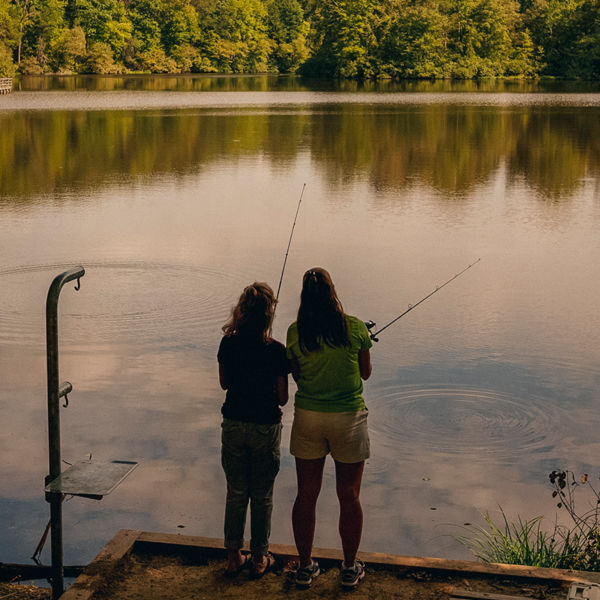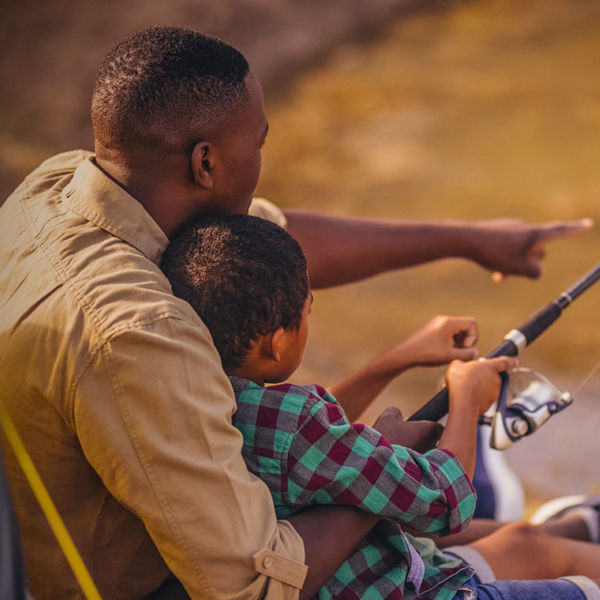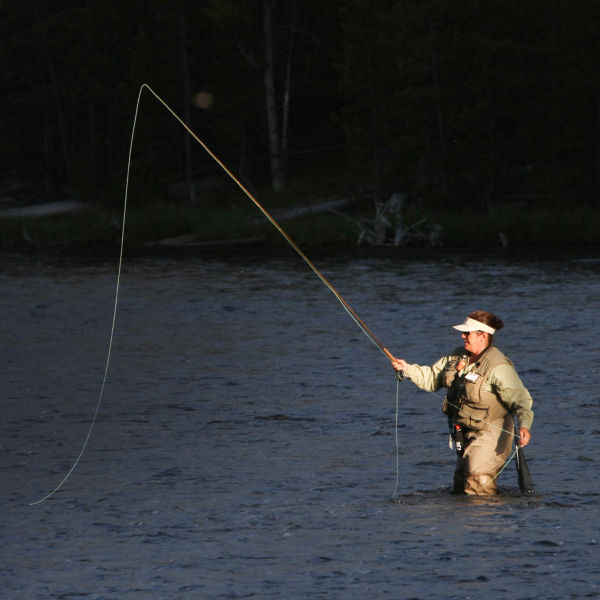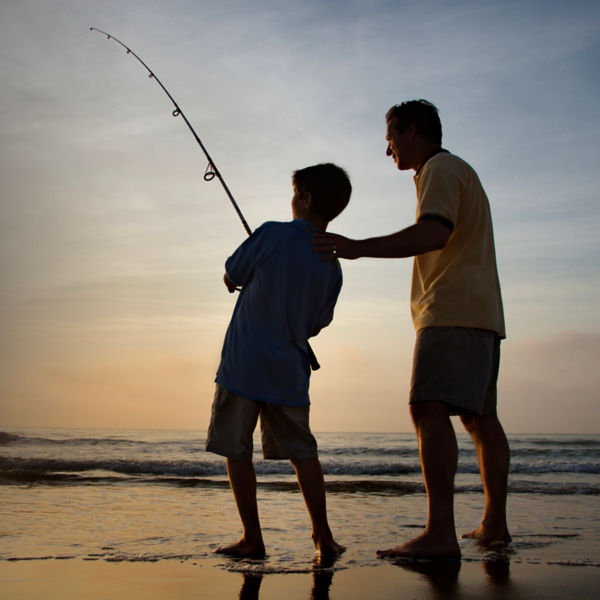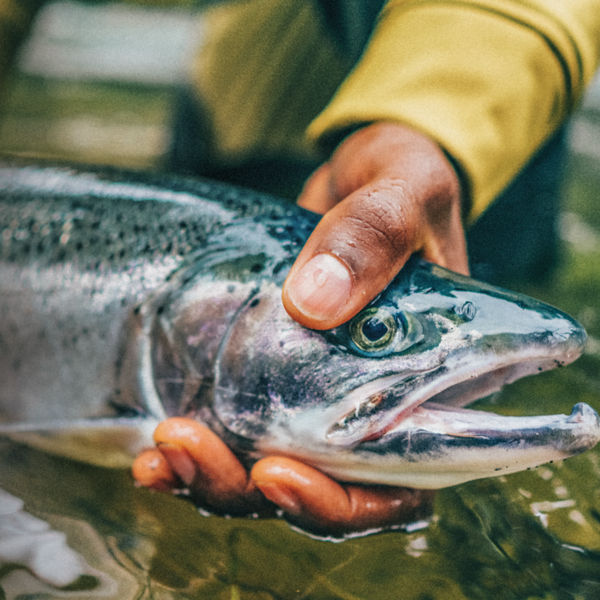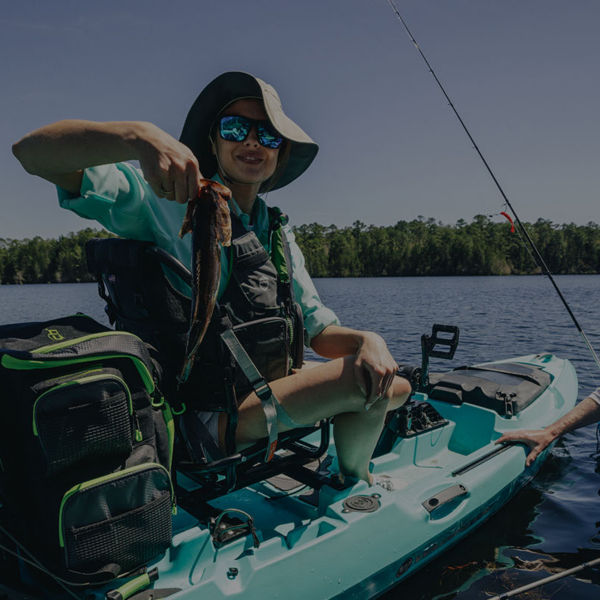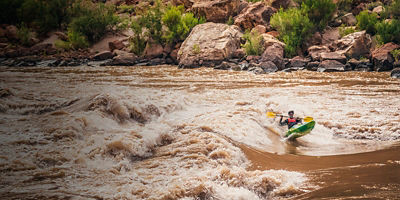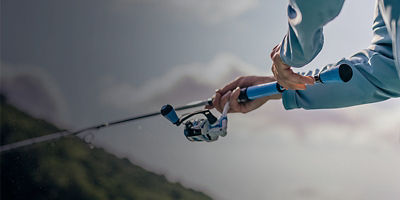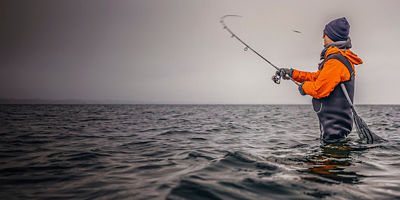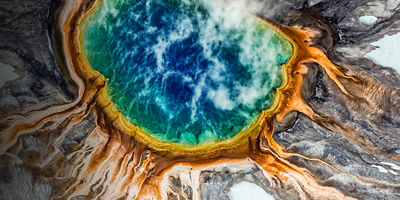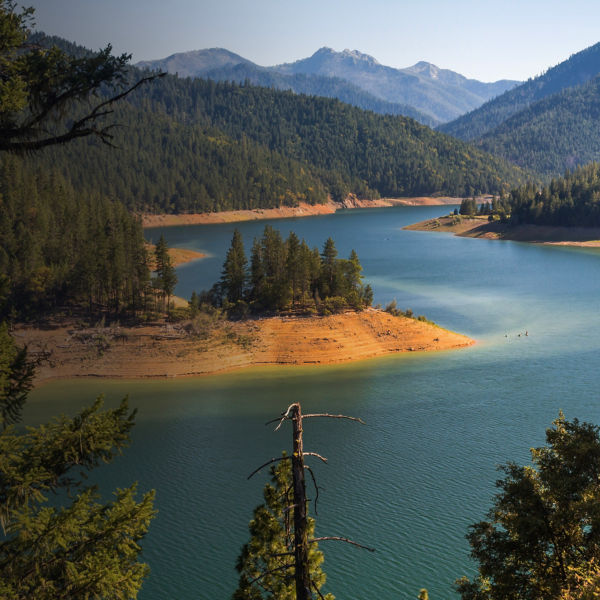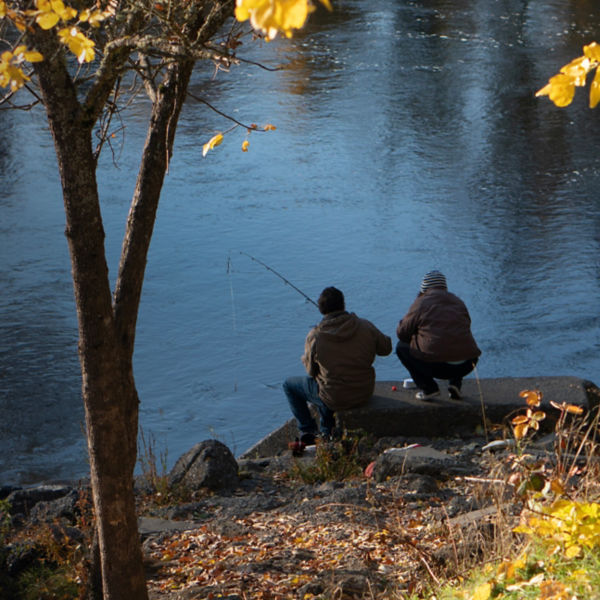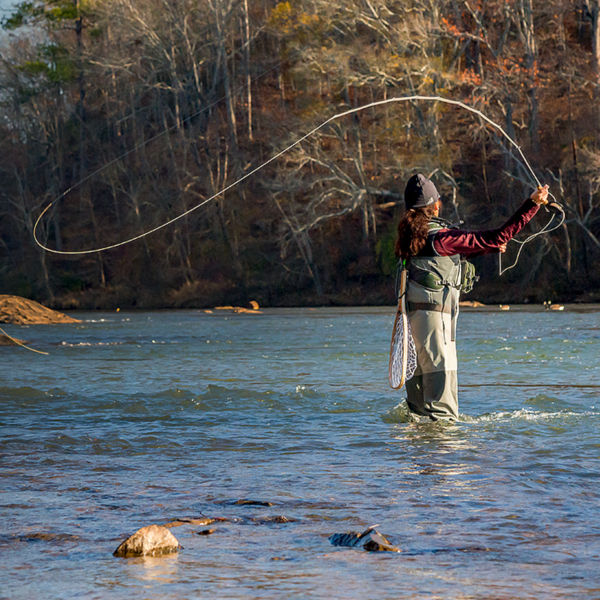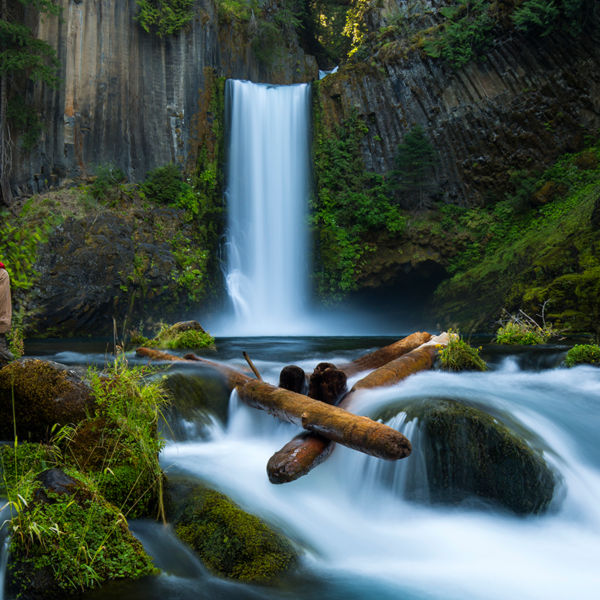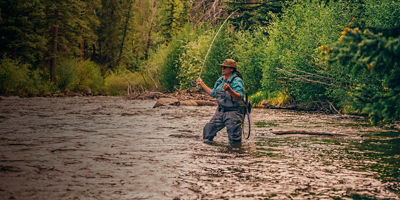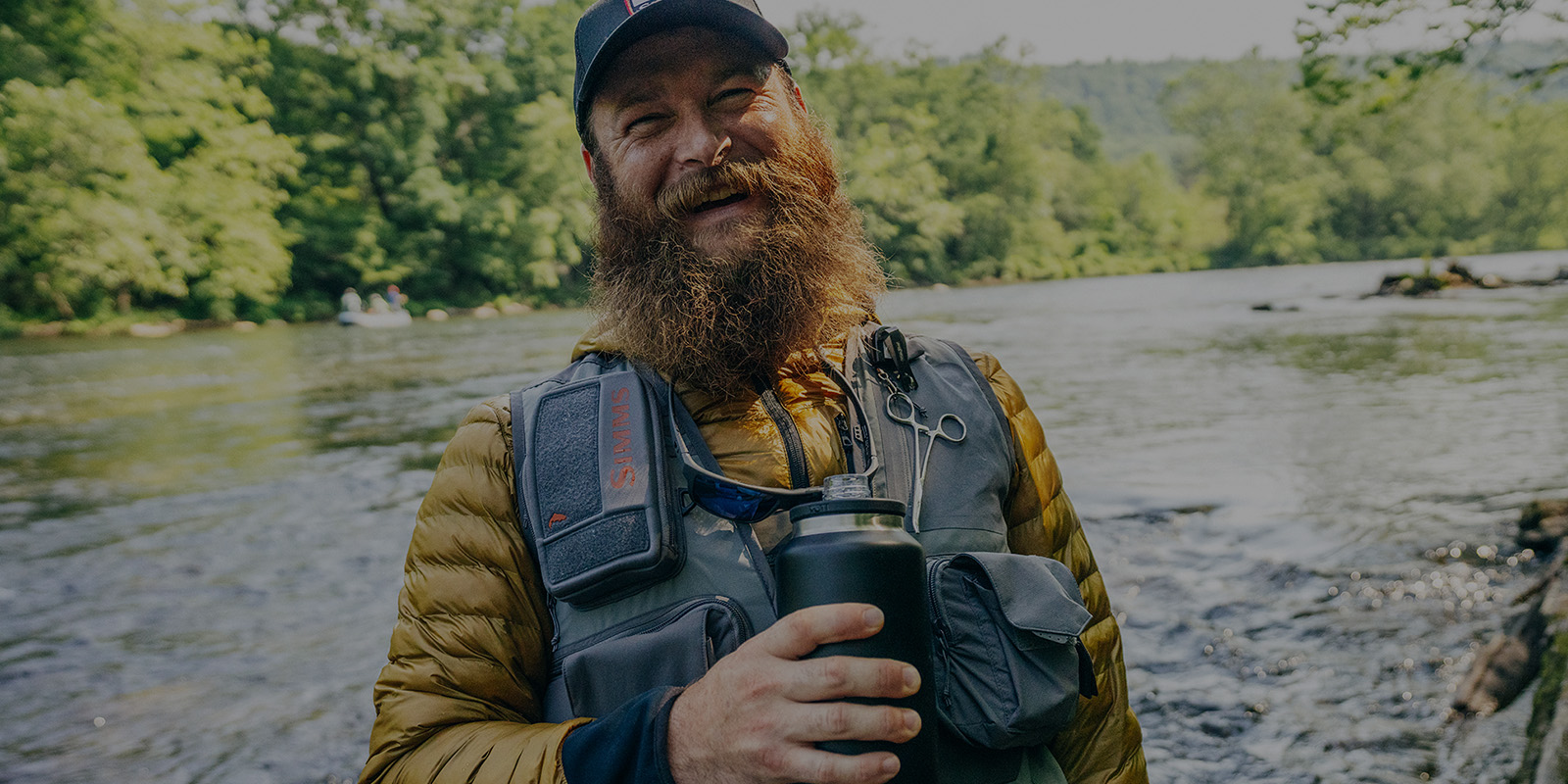CHOOSING A FLY
Knowing what type of fly you want to use isn’t enough, here’s what to look for next.
Match the Hatch
Choose the correct fly to match not only what bugs are in the water, but where they are in their maturation process, or “hatch.”
Consult a hatch guide for your area or ask a local angler (fly shops are great resources, as are the Bait & Tackle Shop concierges at your local Public Lands store). By understanding where the insects in your waterways are in their hatch process, you can not only get the right insect, but the right size.
Fly and Hook Size
A fly’s size will be determined by the size of the hook it is tied on. Most hooks will range from Size 2 to Size 28, going by even numbers. The larger the number, the smaller the hook: A Size 28 is about 2.5-3 mm, while a Size 2 is about 31-35 mm. So, smaller hooks (like a 24-28) need smaller flies such as nymphs, while larger hooks (8, 6, or 2) need larger dry flies.
While the fly and hook size will move together, it’s also possible to get hooks that are varying degrees of short, long, or extra short, and extra long. These allow a fly to be tied smaller, or with additional variation, while still keeping the proportions of the hook and fly correct.
Fly Patterns
When you are choosing a fly, it is important to understand how the fly is working and what it is doing that attracts fish. The method your fly uses to approximate a live insect is known as its pattern. Your knowledge of the fish in the river, plus the insects and where they are in the hatch, will determine which pattern is best.
Imitative patterns
These match a specific insect to a high degree—and work best if you properly match the insect and hatch. This is an all-or-nothing option, though, and success requires a trained angler and a good eye.
Impressionistic patterns
By imitating a few different fly species, these work well if you’re not exactly sure what insects are in the water, or if you want to be able to lure fish that are attracted to a few different types of flies.
Search patterns
Imitating a wide variety of insects by having ambiguous, messy features and neutral colors, these patterns are designed to loosely imitate a wide range of insects. Using a careful eye, you can notice where in the river, at what depth, and with what motion that fish bite at your fly, giving you important clues to choose your next fly.
Attractor patterns
These don’t imitate any type of insect in particular. Instead, they rely on bright colors and flashy materials to catch a fish’s attention and get it to snap at your fly. Attractors are great when there is not much of a definitive hatch, or you don’t see fish feeding at the surface. Rather, they rely on the embellishments to pique the interest and aggression of the fish.
FINAL TIP
Start a collection of many different flies. Having a variety of styles, patterns, and sizes will ensure you are ready to catch whatever fish are in the water.
